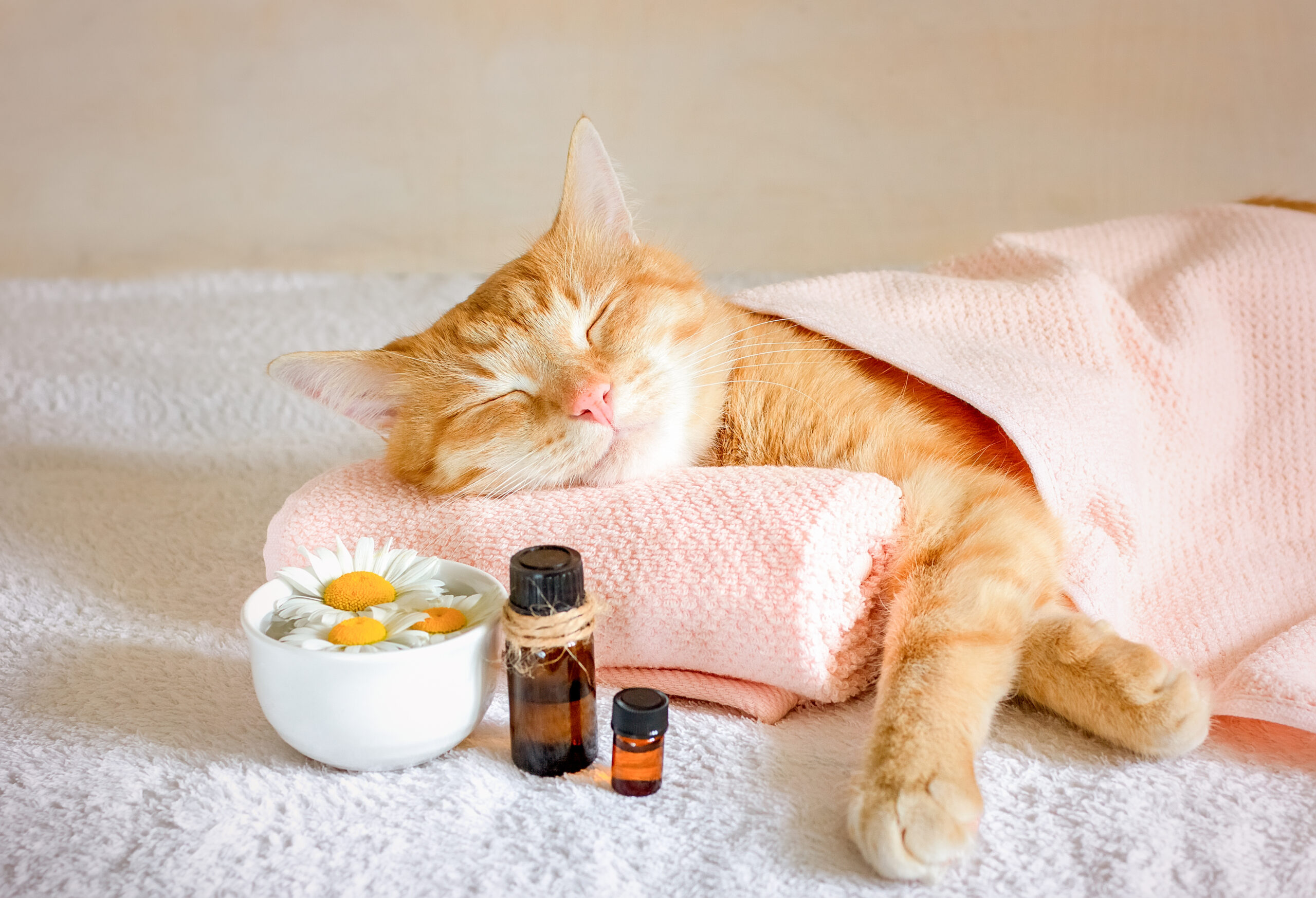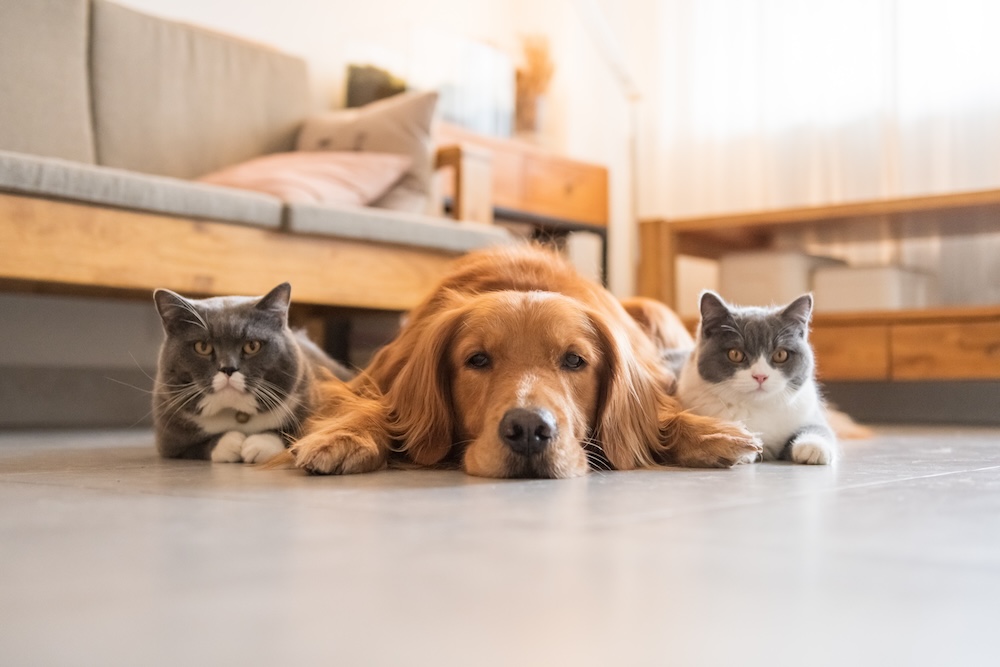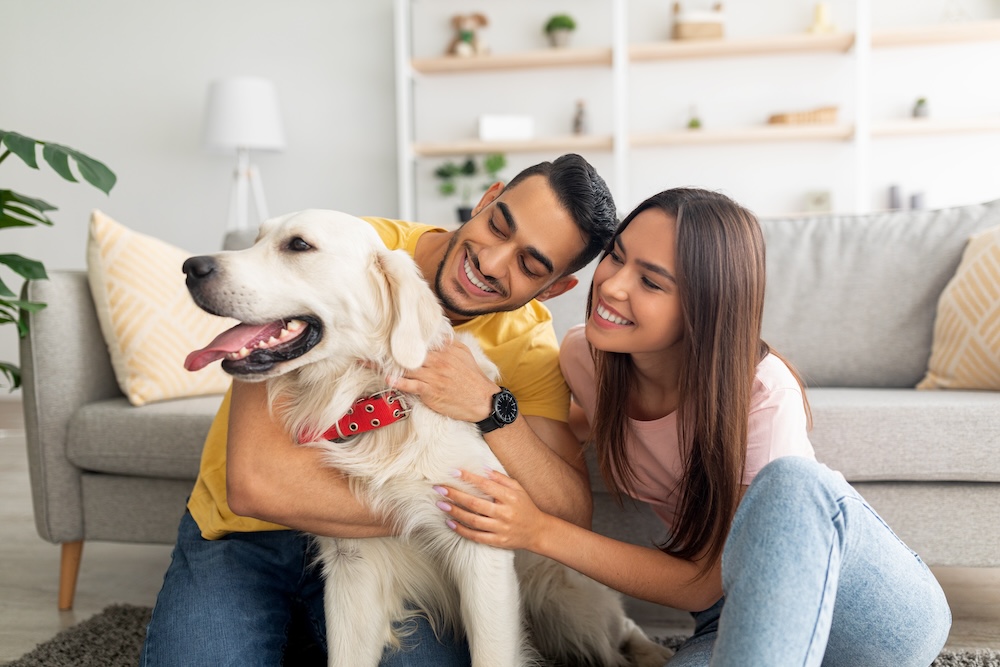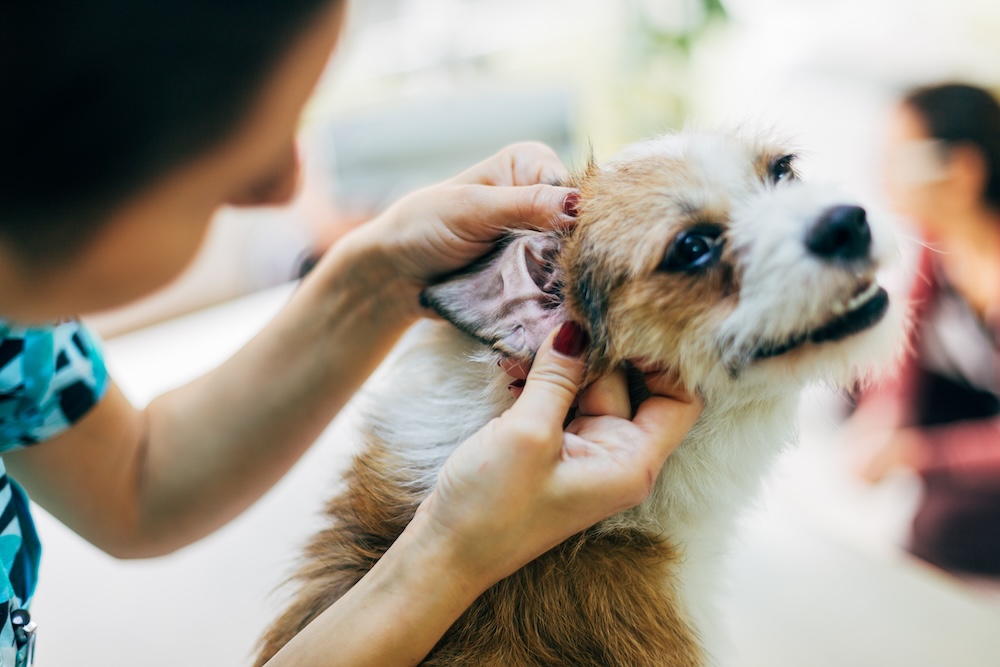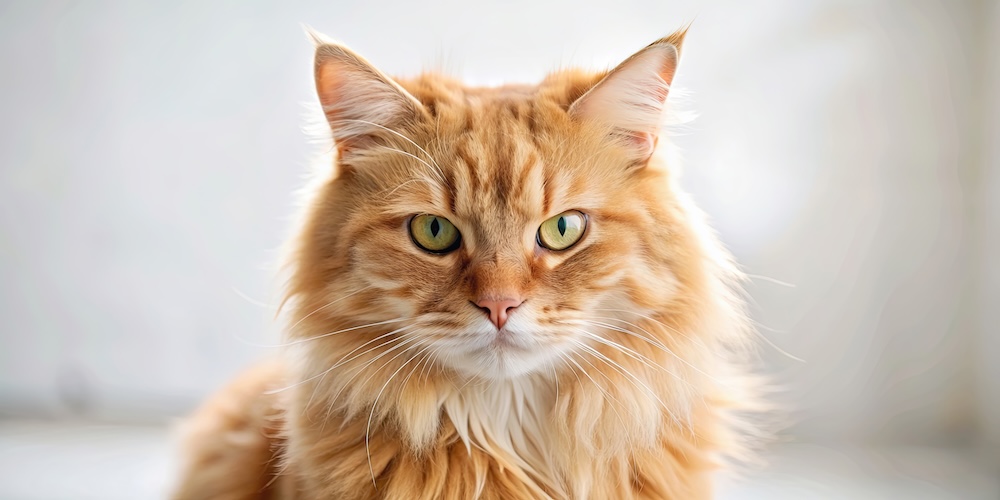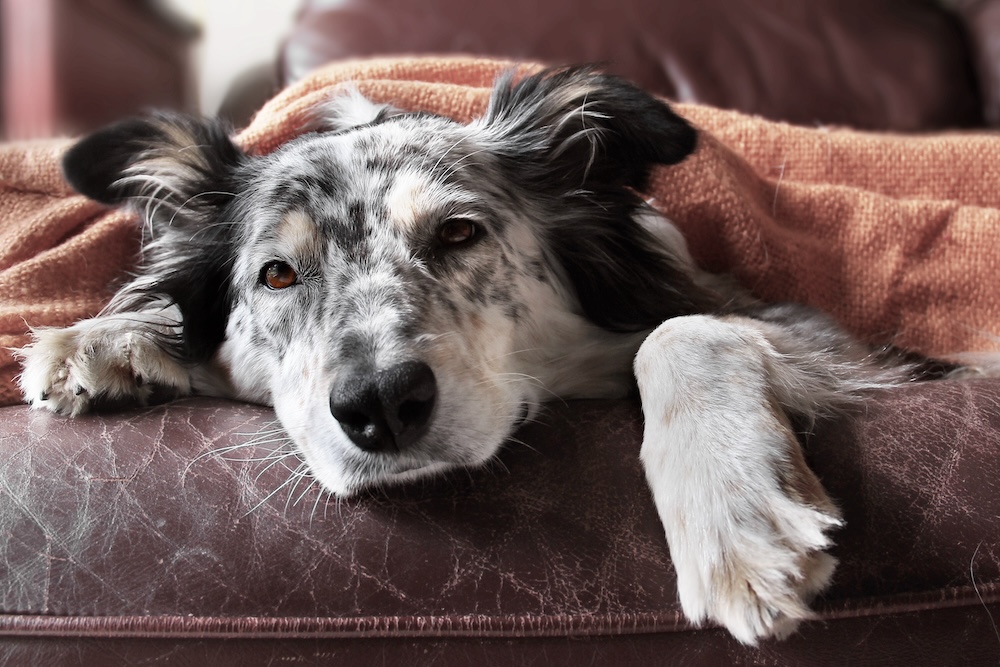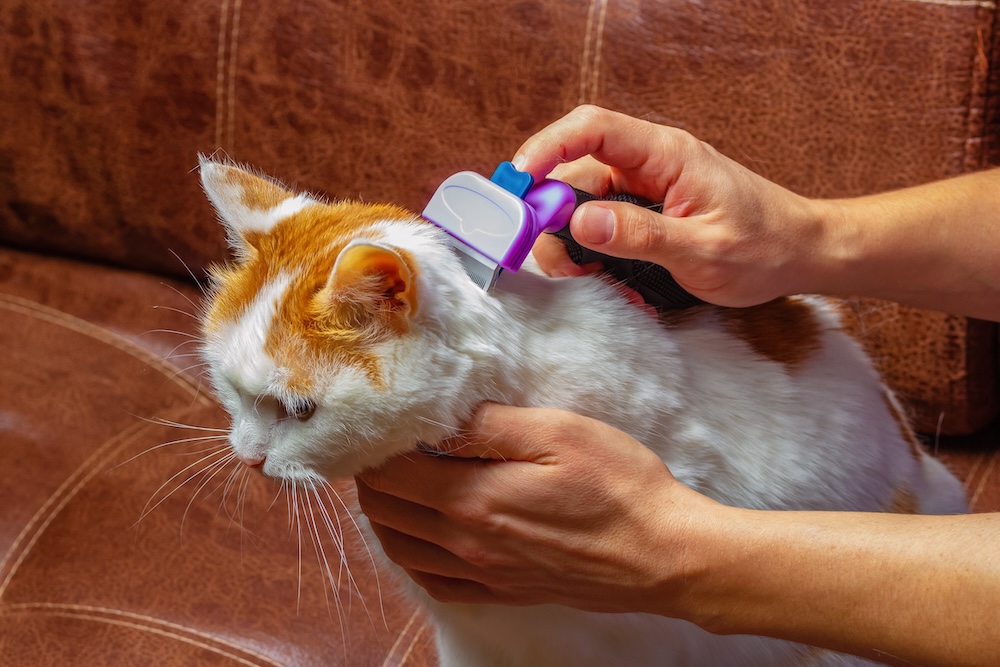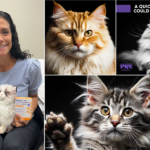Managing Chronic Conditions in Pets: How to Keep Pets Comfortable and Happy
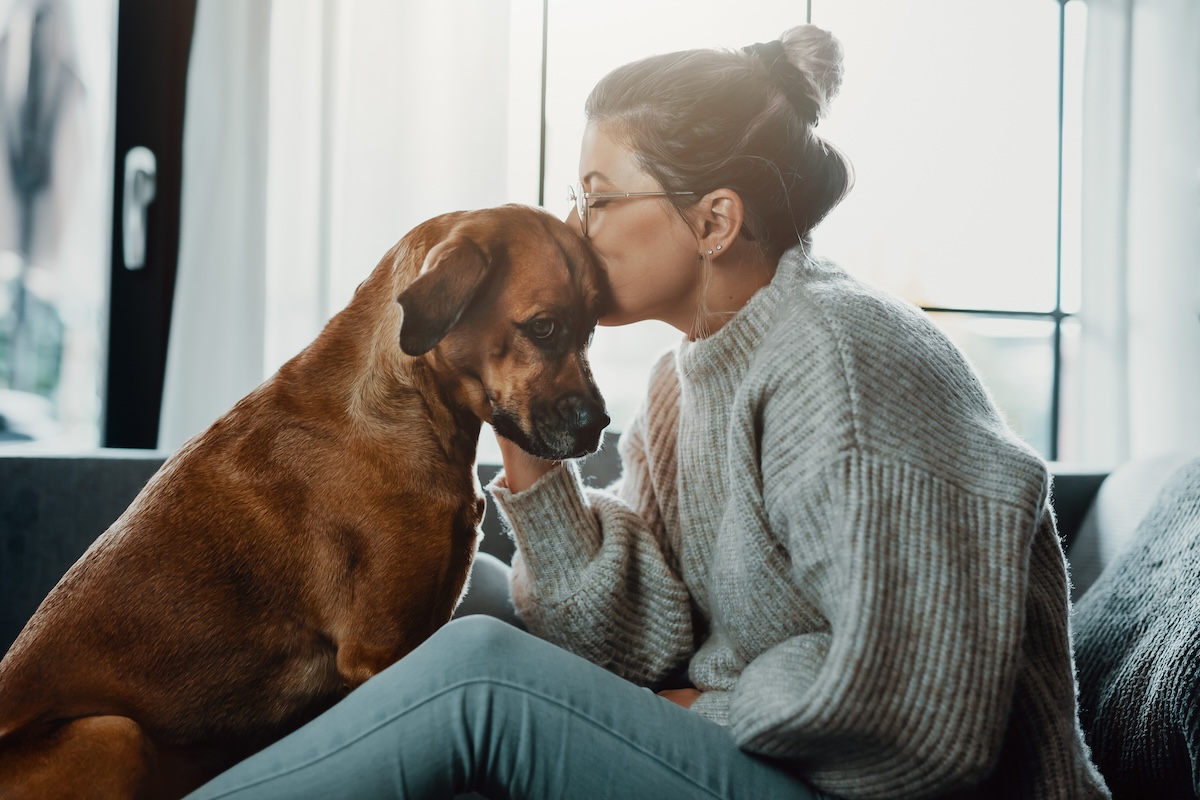
Chronic conditions like arthritis, diabetes, and allergies can affect pets at any stage of life, leading to discomfort, pain, and potential complications if not managed effectively. For pet owners, understanding these chronic health issues and learning ways to support your pet can make a significant difference in their quality of life. This guide from our seasoned vets at Faithful Friends Veterinary Clinic covers the essentials of managing chronic conditions to help keep your furry family member comfortable, happy, and healthy.
Understanding Chronic Conditions in Pets
Chronic health issues in pets are long-lasting conditions that require ongoing care, monitoring, and treatment. They may not be curable, but with proper management, pets can live fulfilling lives. Chronic conditions can range from joint problems like arthritis to metabolic issues like diabetes, and even allergies that cause discomfort over time.
At Faithful Friends, we believe in a proactive approach to managing these conditions, combining preventive care with customized treatment plans to address each pet’s unique needs. Regular check-ups, attentive monitoring, and a healthy lifestyle can go a long way in managing chronic health issues in pets.
Common Chronic Conditions in Pets
Arthritis in Pets
Arthritis is a common chronic condition, especially in aging pets, that causes joint inflammation and stiffness. Over time, arthritis can limit mobility and cause pain, impacting a pet’s ability to walk, play, and even rest comfortably.
- Signs of Arthritis: Pets with arthritis may show signs of stiffness, especially after rest, or have difficulty getting up. They may limp, resist movement, or avoid jumping or climbing stairs.
- Management Tips: Managing arthritis includes regular exercise, weight management, and medication. Low-impact activities, such as gentle walks or swimming, can help keep your pet’s joints moving without strain. Faithful Friends also offers pain management options, including anti-inflammatory medications and physical therapy.
Diabetes in Pets
Diabetes is a metabolic disorder that affects the body’s ability to regulate blood sugar. It’s more common in older, overweight pets but can develop in pets of any age or breed. Managing diabetes requires strict dietary control, medication, and regular monitoring.
- Signs of Diabetes: Symptoms of diabetes in pets can include increased thirst and urination, weight loss despite increased appetite, and lethargy. If you notice these symptoms, consult a vet immediately.
- Management Tips: Our team can guide you in creating a consistent diet plan tailored to your pet’s needs. Insulin injections may be necessary for diabetic pets, and we’ll teach you how to administer these safely. Consistent monitoring and vet visits are crucial for managing blood sugar levels and ensuring your pet’s overall health.
Allergies in Pets
Pets can suffer from allergies, just like people, which can be triggered by food, pollen, dust, or other environmental factors. Allergies can lead to itchy skin, chronic ear infections, and digestive issues, affecting your pet’s comfort.
- Signs of Allergies: Common signs of allergies in pets include itching, red or irritated skin, licking paws, ear infections, and digestive disturbances. If your pet displays these symptoms, allergies may be the cause.
- Management Tips: Managing allergies involves identifying and minimizing exposure to allergens. Faithful Friends offers allergy testing and can help you develop a plan that may include special diets, antihistamines, or topical treatments to reduce itching and inflammation.
Strategies for Managing Chronic Conditions in Pets
1. Regular Vet Check-Ups and Monitoring
Consistent veterinary visits are vital for pets with chronic conditions. Routine exams allow for early detection of changes, making it easier to adjust treatment plans and maintain your pet’s comfort. Faithful Friends recommends regular check-ups for pets with chronic conditions and offers specialized care and monitoring.
2. Dietary Management
Diet plays a crucial role in managing chronic conditions. Pets with arthritis may benefit from anti-inflammatory foods, while diabetic pets need consistent, low-carbohydrate diets to maintain blood sugar levels. Allergic pets may require hypoallergenic diets to avoid triggering reactions. Faithful Friends can create a dietary plan that meets your pet’s specific needs and helps improve their overall health.
3. Medication and Pain Management
Many chronic conditions require medication to control symptoms. Anti-inflammatory medications, insulin, antihistamines, and other prescribed treatments can help reduce symptoms and keep your pet comfortable. Our veterinarians at Faithful Friends will guide you on the best medications, correct dosages, and possible side effects to watch for.
4. Exercise and Mobility Support
Regular, low-impact exercise can help manage chronic conditions like arthritis by maintaining joint mobility and controlling weight. For pets with arthritis, Faithful Friends may recommend physical therapy or exercises that support mobility without causing strain. Maintaining a healthy weight can reduce pressure on joints and is particularly important for pets with arthritis and diabetes.
5. Environmental Adjustments
Making small changes at home can make a big difference in your pet’s comfort. For example, provide soft bedding for pets with arthritis, create allergy-friendly spaces by reducing dust, and keep diabetic pets’ feeding times consistent. Faithful Friends can suggest environmental adjustments tailored to your pet’s specific condition.
Signs to Watch For in Pets with Chronic Conditions
For pets with chronic conditions, monitoring changes in behavior and health is essential. Be alert to any signs of discomfort, lethargy, or sudden changes in appetite, weight, or mobility. Faithful Friends is here to support you with guidance on what to look for and when to schedule a check-up if you notice concerning symptoms.
How Faithful Friends Veterinary Clinic Can Help
At Faithful Friends Veterinary Clinic, we understand the challenges of managing chronic conditions in pets. Our team offers comprehensive care and support for pets and their owners, from regular check-ups and dietary consultations to pain management and customized treatment plans. We’re committed to helping your pet enjoy a happy, healthy life, regardless of any chronic health issues.
Our compassionate, knowledgeable staff is always here to answer questions and provide guidance on keeping your pet comfortable and managing chronic conditions effectively. With the right approach, you can help your pet live their best life.
Managing chronic conditions in pets requires dedication, knowledge, and compassion. By staying proactive with vet visits, providing a supportive environment, and following the treatment plan recommended by Faithful Friends Veterinary Clinic, you can give your pet the best chance at a comfortable, happy life. Chronic conditions may require extra care, but with Faithful Friends by your side, you’re never alone in your journey to keep your pet healthy and content.



